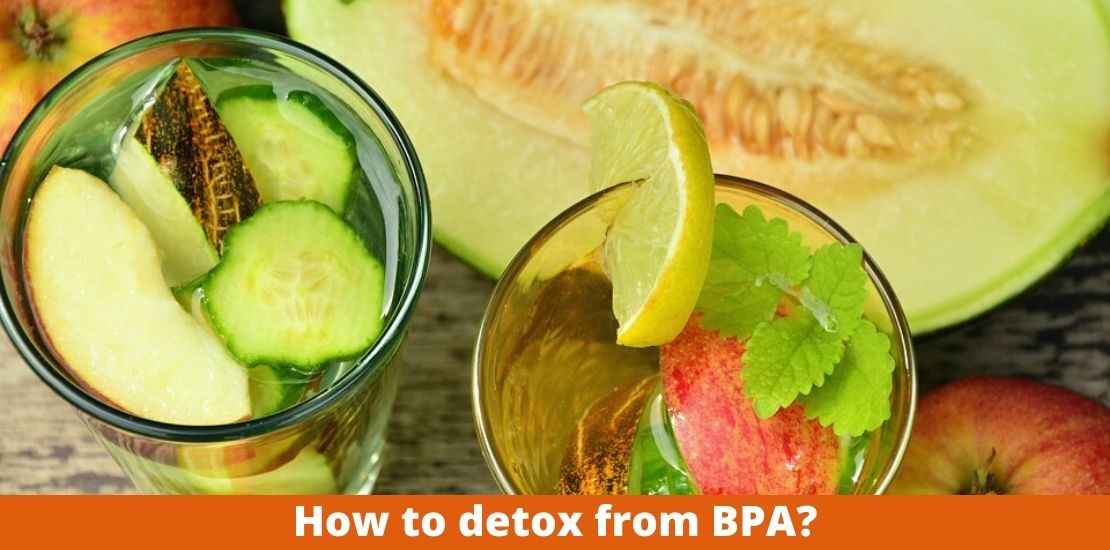- March 9, 2020
- Posted by: admin
- Category: Blogs

Throughout this series we have seen how the BPA has become part of our lives and how it enters our bodies causing serious health effects to the person and the environment. But how do we remove it from our body?
In fact, just six years ago, a popular news channel, worried about BPA and other toxic chemicals, offered advice on how to rid your body of dangerous chemicals (you can find it at https://www.foxnews.com/health/10-ways-to-rid-your-body-of-toxic-chemicals).
According to this article, it was enough to eat more organic foods and less processed foods (in the opinion of other authors) and to know how to select the processed products that you continued to eat (preferring those free of toxic or potentially harmful agents). It was also important to perform regular physical exercise as it encourages natural detoxification, avoid saturated fats, use better and less cleaning products, keep the air inside the home clean, minimize the use of plastics as well as drink plenty of water.
According to experts in the field of toxicology, it is not necessary to take additional medication to detoxify the body, if you are in good health, because the body’s purification system can easily handle the traces of the chemical, and many others, that could enter our cells. The liver is primarily responsible for doing so, as are the intestinal cells if the product is swallowed (for additional comments you can read at https://www.factsaboutbpa.org/blog/does-your-body-need-bpa-detox).
The Cytochrome P450 enzyme system, present in both liver and intestine tissues, does the job of breaking down the chemical into inactive, water-soluble products that are easily discarded through the urine. That is why if we want to detoxify our body, we must first ensure we have healthy intestinal and liver cells (in fact, general good health).
Recommendations to improve intestinal health usually include increasing our consumption of probiotic products. Another recommendation is to eat plenty of fresh vegetables and herbs. These products have a bonding action with the toxic products to aid excretion, as well provide essential nutrients for our cells (if you want to read more about this topic visit https://www.healthways1.com/blog/item/how-to-detox-from-plastics-and-other-endocrine-disruptors).
Even more, the secret to get rid of these and other toxic substances is to have a diet based on raw, fresh, unprocessed and abundant vegetables but also incorporating garlic, parsley, turmeric, cruciferous vegetables (cool weather vegetables such as cabbage, broccoli, kale etc), among others.
If you would like any further information on removing toxic products from your diet, there are many sources of data online under probiotics, activated charcoal, bentonite clay, diatomaceous earth, chlorella, spirulina and some enzymes.
If you have missed the first article in the series, where we introduced you to the chemical BPA, you can catch up here.
Our second article, the history of BPA can be found here:
The third article looking at the many uses of BPA can be found here:
The fourth article about the health effects of BPA can be found here:
The fifth article looking at the regulations affecting the use of BPA can be found here:
The sixth article in the series looked at safe handling, storage and disposal and can be found here:
The seventh article about occupational exposure to BPA can be found here
The eighth article fire precautions to be considered when using BPA can be found here
The ninth article looks at how BPA affects our environment can be found here
The tenth article looks at alternatives to BPA in the marketplace
If you liked our articles, give us a Like and follow us at
Facebook: https://www.facebook.com/HazoxComplianceSolutions
Twitter https://twitter.com/Hazox_Inc
LinkedIn https://www.linkedin.com/company/hazoxcompliancesolutions
Youtube: https://www.youtube.com/channel/UCIeBucyOUEtQFSAymS3TwQQ
